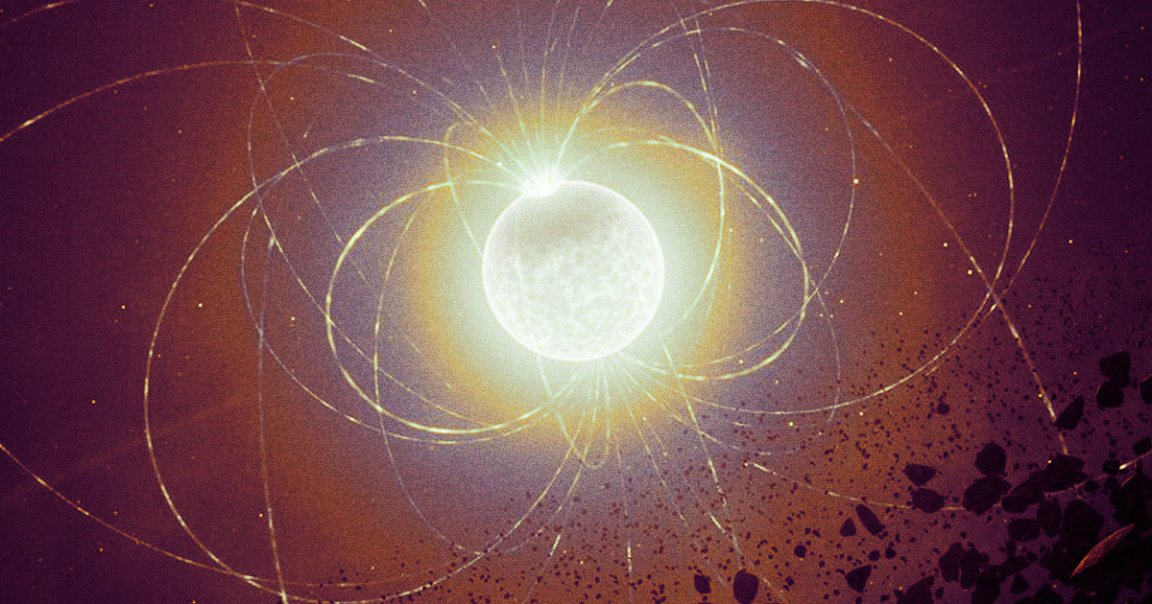
Now That’s Metal
Even in death, a white dwarf proved to be a formidable killer. The star, called WD 0816-310, bears a gnarly metal scar on its surface — which astronomers say was made when it devoured a nearby planet.
The findings of these gruesome cosmic forensics, published as a new study in The Astrophysical Journal Letters, show the tumultuous changes a planetary system can undergo even after its host star is already dead. What’s more, it’s the first time that such a “scar” has ever been observed.
“It is well known that some white dwarfs — slowly cooling embers of stars like our Sun — are cannibalizing pieces of their planetary systems,” study co-author Stefano Bagnulo, an astronomer at Armagh Observatory and Planetarium in Northern Ireland, said in a statement about the work. “Now we have discovered that the star’s magnetic field plays a key role in this process, resulting in a scar on the white dwarf’s surface.”
Concentrated Effort
The researchers observed the “polluted” white dwarf, as it’s technically known, using the Very Large Telescope in Chile. In particular, they leveraged its instrument called FORS2, which is capable of producing spectrums of light detailed enough for astronomers to infer the composition of distant objects.
When examining the data, they noticed that as the star rotated, the strength of its metal signatures would change. That was odd, because it suggested that the metal was clumped together in one spot, forming the “scar,” rather than being diffused across the stellar surface as observed on other white dwarfs.
Soon, they realized that the scar was situated at one of the star’s magnetic poles, suggesting its materials were channeled there by the intense magnetic field.
“Surprisingly, the material was not evenly mixed over the surface of the star, as predicted by theory,” explained study coauthor John Landstreet, an astrophysicist affiliated with Armagh Observatory, in the statement. “Instead, this scar is a concentrated patch of planetary material, held in place by the same magnetic field that has guided the infalling fragments,” he added. “Nothing like this has been seen before.”
Battle Starred
The scar, which is primarily made up of calcium, magnesium, and iron, was likely left behind by an ill-fated planetary fragment about 310 miles across that got pulled in by the gravity of the white dwarf.
And that gravity is monstrous. White dwarfs, as the cores of collapsed stars, can have as much mass as our Sun while being roughly the size of Earth, making them incredibly dense. In the whole cosmos, only neutron stars and black holes are denser.
So this is what awaits a planetary system after its host star is dead. The study shows that, even from the grave, these stellar remnants will continue to wreak havoc on whatever lives on to still orbit them. Hopefully our Sun, which will also become a white dwarf one day, will be more merciful to our little planet after it kicks the bucket.
More on stars: Passing Star Altered Earth’s Orbit, Scientists Say